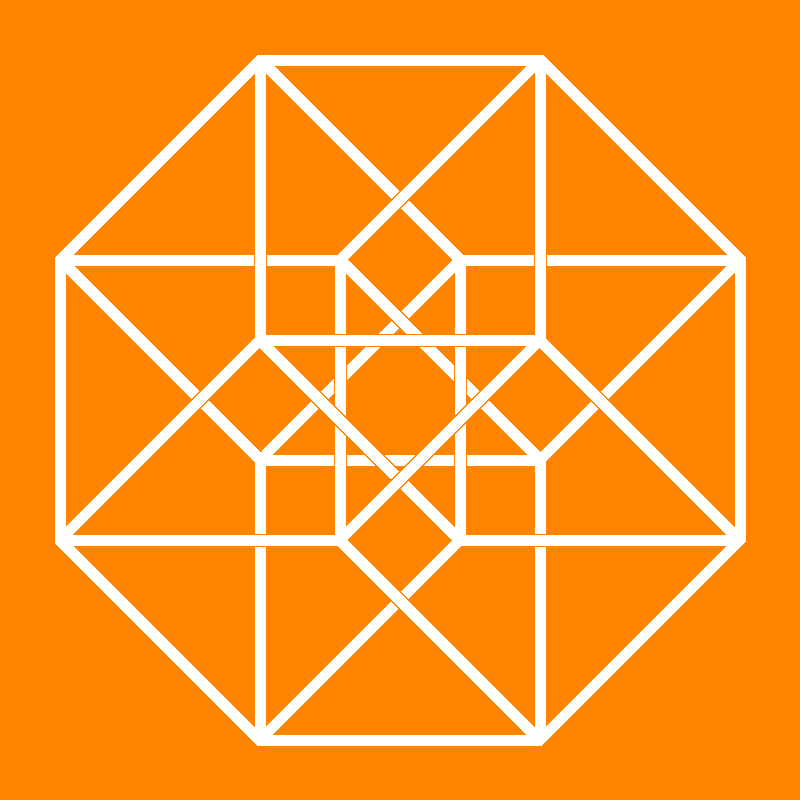
Journal for Geometry and Graphics 17 (2013), No. 2, 251--264
Copyright Heldermann Verlag 2013
Errors Analysis of Mental Cutting Test Using Models Instead of Drawings as Presenting Problems
Emiko Tsutsumi
School of Social Information Studies, Otsuma Women's University, 2-7-1 Karakida Tama, Tokyo 206-8540, Japan
tsutsumi@otsuma.ac.jp
Aya Ishimura
School of Social Information Studies, Otsuma Women's University, 2-7-1 Karakida Tama, Tokyo 206-8540, Japan
Mayu Kajitani
School of Social Information Studies, Otsuma Women's University, 2-7-1 Karakida Tama, Tokyo 206-8540, Japan
Yuina Suzuki
School of Social Information Studies, Otsuma Women's University, 2-7-1 Karakida Tama, Tokyo 206-8540, Japan
Kenjiro Suzuki
National Institution for Academic Degrees and University Evaluation, 1-29-1 Gakuen-Nishimachi, Kodaira-shi, Tokyo 187-8587, Japan
suzuki-k@niad.ac.jp
We performed a modified MCT based on the hypothesis that if stereoscopic vision, which had been employed to give depth cues, was replaced with an actual object (model) and if subjects could rotate the model freely, they could understand three-dimensional images easily. In the investigation, a "predetermined-direction MCT" and an "arbitrary-direction MCT" were employed. The results were compared with those obtained for the perspective-based MCT. The comparison results are summarized as follows: (1) The average score was higher by approximately 2 points and the accuracy rate was higher for 8 out of 25 problems in the predetermined-direction MCT than in the perspective-based MCT. (2) Regarding problems, the accuracy rate of which increased, the relative position of the section and convexo-concave configuration of the solid body were correctly recognized in the predetermined-direction MCT. Thus errors occurring in the perspective-based MCT were confirmed to occur in the process of recognizing three-dimensional shapes and in the process of recognizing the relative position between the section and solid body. (3) Compared with the perspective-based MCT, the average score did not increase for the arbitrary-direction MCT. In the arbitrary-direction MCT, as shapes were difficult to recognize in some problems due to the loss of horizontal/vertical-related clues, visible and obvious intersection points were used to try to generate section shape images. Thus, we observed that methods of drawing solutions or the problem-solving strategy peculiar to model observation were used.
Keywords: MCT, depth cues, predetermined-direction MCT, arbitrary-direction MCT.
MSC: 97U50
[ Fulltext-pdf (1541 KB)] for subscribers only.